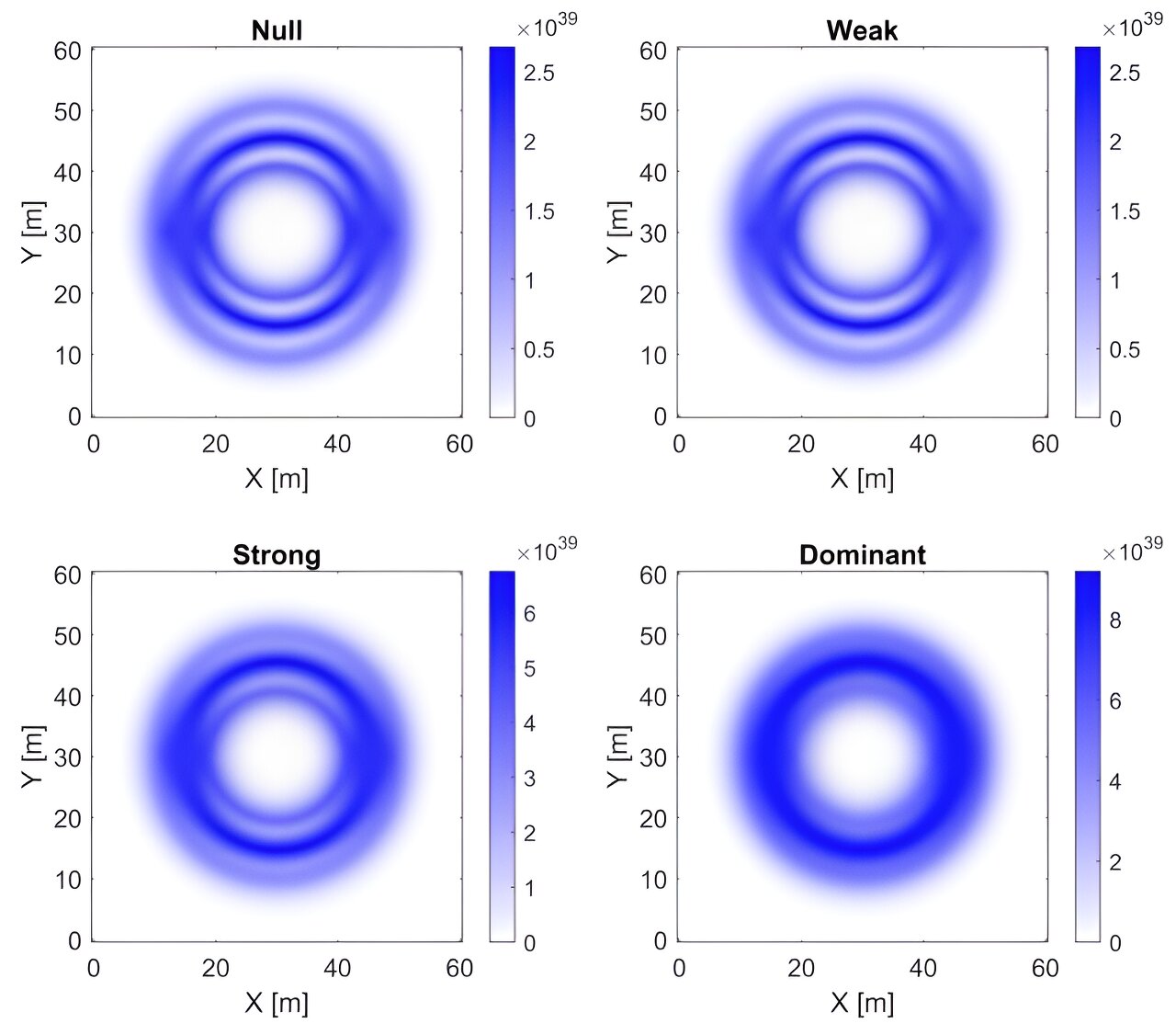Warp drives, the fantastical engines propelling spaceships in science fiction like Star Trek, have long been relegated to the realm of the impossible.
However, a recent study by physicists from the University of Alabama in Huntsville and the Applied Physics Laboratory offers a glimmer of hope, proposing a model for a subluminal warp drive that adheres to the laws of physics.

Warp Drives: From Science Fiction to Potential Reality?
Warp drives operate by manipulating the fabric of spacetime itself. They envision compressing space in front of a spacecraft, allowing it to travel through a “warp bubble,” and then expanding space behind it. This theoretical method could propel spaceships to velocities far exceeding anything achievable with conventional rocket technology. While the concept has captivated audiences for decades, the need for exotic materials with negative energy density – a substance yet to be observed – has rendered warp drives a staple of science fiction rather than a serious scientific pursuit.
A New Hope: A Warp Drive Model Without Negative Energy
The new study, published in the journal Classical and Quantum Gravity, presents a groundbreaking approach. The research team has devised a model for a warp drive that does not necessitate negative energy. This paves the way for a more realistic assessment of warp drive feasibility.
Building on the Shoulders of Giants: Inspiration from Miguel Alcubierre
The current research draws upon the theoretical groundwork laid by Miguel Alcubierre in 1994. Alcubierre’s work provided a mathematical framework for warp drives, but it relied on the existence of negative energy. The new study builds upon Alcubierre’s concepts, yet replaces the requirement for negative energy with a more attainable alternative.
Beyond the Alcubierre Drive: A Warp Bubble Powered by Traditional Physics
The proposed model incorporates a combination of established and novel physics principles related to gravity. This approach could theoretically create a warp bubble surrounding a spacecraft, enabling it to travel at speeds significantly faster than those achievable with current technology. However, these speeds would still fall below the speed of light, making the proposed drive “subluminal.”
Warp Drive Propulsion: A Marriage of Familiar and New Concepts
The researchers envision a propulsion system that combines a shell constructed from conventional matter with a “shift vector distribution” – a concept similar to that described by Alcubierre. This combination could theoretically generate the warped spacetime necessary for faster-than-usual travel.
Challenges and the Road Ahead: A Long Journey from Theory to Reality
While the proposed model presents an exciting prospect, the researchers readily acknowledge the immense technical hurdles that lie ahead. Building a functional warp drive would necessitate advancements far beyond our current capabilities in material science and engineering. The researchers suggest that a functional warp drive is likely centuries, if not millennia, away. However, this new study offers a crucial stepping stone, suggesting that warp drives may not be entirely relegated to the realm of science fiction.
The Future of Faster-Than-Light Travel: A New Chapter
This research signifies a paradigm shift in our approach to warp drives. By proposing a model that adheres to established physical principles, the researchers have opened a door for further investigation and development. While the realization of a functional warp drive remains a distant prospect, this study marks a significant step on that path. It offers a beacon of hope for those who dream of one day traversing the cosmos at speeds that were once thought to be purely imaginary.
The new model lays the foundation for future research efforts, propelling us further into the exciting quest to make warp drives a reality, bringing us closer to a future where interstellar travel is no longer science fiction.



















